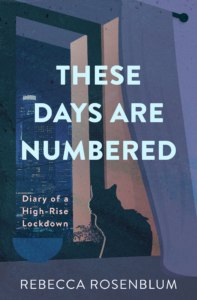April 9th, 2009
Plot Hypocrisy
I had not intended to teach a class on plot to my beloved grade 10s and 11s. Plotting is neither my great strength nor my great interest, and the kids had already gotten pretty far imagining the stories they’d like to write. I felt that the stories would naturally assume the shapes that would suit, as mine do…eventually.
How much I had forgotten about being a high-school writer!!
Their ideas were all over the place, encompassing a life-time or several, entire court prosecutions in the prologue, marriage and divorce and reconciliation and childbirth in an (allegedly) 4-5 page story, or ideas that had dozens of characters roaming free plotless and happy. This is, of course, *exactly* what I did as a whippersnapper, and it’s actually what I still do today. But these days, after the plotless and happy first draft, then I write four more drafts, ask everyone’s advice, obsess for weeks, and finally tone down my ambition and work the piece down into something a reader could actually understand, and maybe even relate to.
I sensed that the teens would not be willing or able to do this. So I rather grudgingly taught a class on plot.
I drew the inverted checkmark on the board (can’t find a decent online image for some reason; sorry). The short horizontal line at the beginning to introduce character and setting, the sudden upward tilt indicating a change or catalyzing event (Flannery O’Connor’s fabled knock at the door, which I didn’t mention, fearing blank faces), the jagged peaks of crisis and climax, the short slope down of falling action, straightening out to resolution.
They were familiar with this sketch, drew it out in their notebooks, answered my questions easily, and seemed to have quite a bit of new insight into how they would shape their stories.
I was relieved.
I felt like a giant hypocrite.
I rarely write stories that fit into the inverted checkmark pattern, and in a distant part of my mind, maybe I thought of it as a bit simplistic and constraining. But as I worked through it with the students, I was surprised at how efficiently it presented information and moved a reader from strength to strength. I was surprised at how many good examples from books I loved I was able to fit into the check, even examples from my own work. I thought maybe I should reevaluate my antipathy towards the plot graph.
At the end of the lesson, I admitted, “If any of my colleagues were here right now, they’d be laughing pretty hard. I don’t actually do this very often. This is only one sort of story.”
And then I drew some other plot graphs for them–a spiral, a flat line–and talked about the pros and cons of writing on those structures! The kids looked alarmed, and I didn’t even get into my personal faves, which are the double-line plots, parallelling or criss-crossing.
Even the above paragraph feels sort of like a lie, because I rarely think of the shapes of my stories until I’m well into them, and I *never* outline in advance (although I often write an outline of the second or third draft, in order to see where I’m going wrong). It was only while thinking on the bus home that I realized that I often write stories with two lines running on.
I think this means I’m out of control. Definitely really inefficient. I hope the students will learn to do better than I do, although not *necessarily* on the inverted checkmark pattern, good as it is. And maybe I should look into that a bit more, really, for myself.
I guess this is what’s meant by “do as I say, not as I do.” And also, “we learn by teaching.”
If you change your mind / will you let me know
RR


 Buy the book:
Buy the book:
Leave a Reply